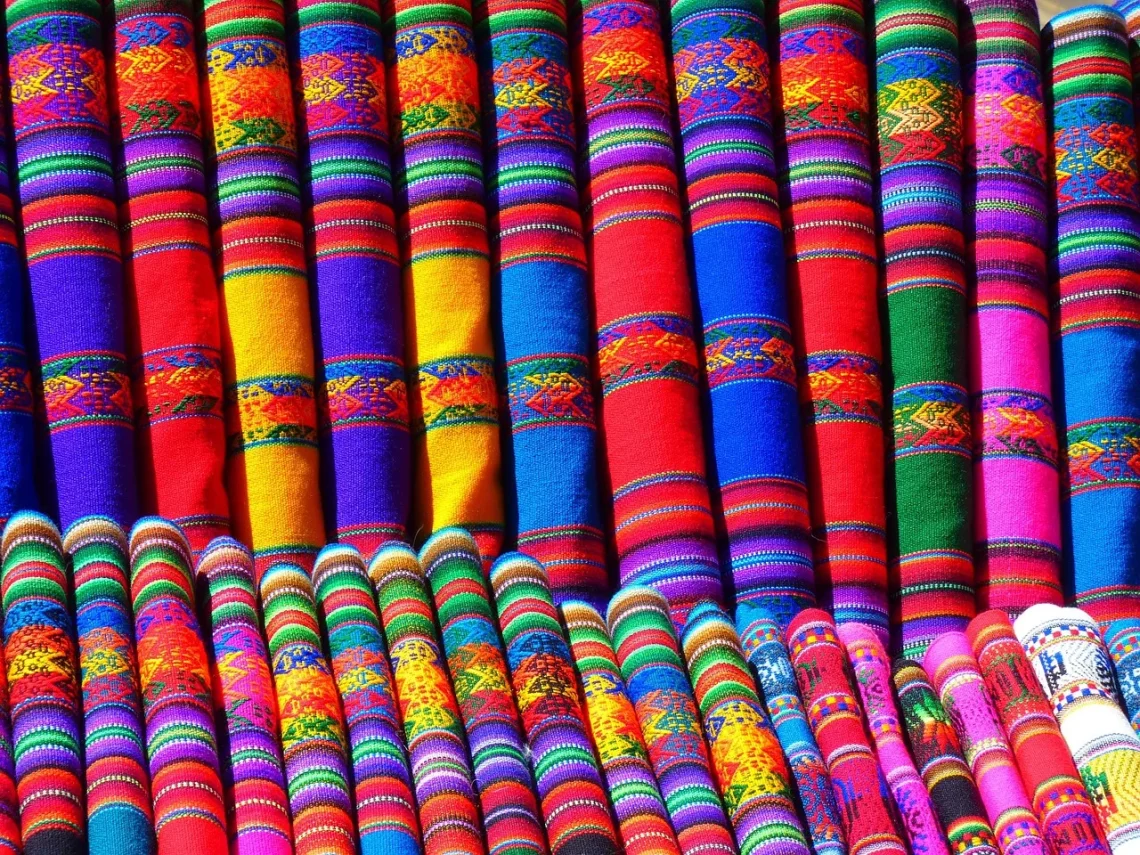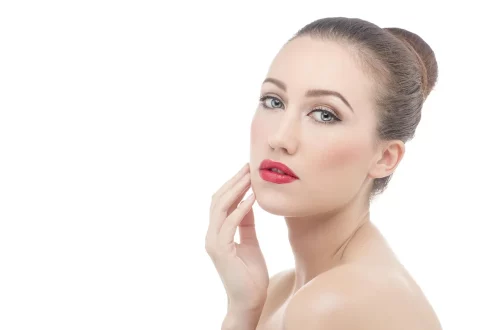
Exploring the Versatility of Pleated Fabric Material in Fashion Design
Pleated fabric material has emerged as a significant element in the realm of fashion design, captivating designers and consumers alike with its unique texture and adaptability. This fascinating textile, characterized by its intricate folds and structured form, offers a plethora of creative possibilities that extend far beyond traditional garment construction. The appeal of pleated fabric lies not only in its aesthetic qualities but also in its functional attributes, making it a favorite among designers seeking to innovate while ensuring comfort and practicality in their creations.
The versatility of pleated fabrics can be observed across various fashion segments, from high-end couture to everyday wear. This material can be molded into an array of styles, silhouettes, and patterns, allowing for endless interpretations and applications. As fashion continues to evolve, the integration of pleated fabric into diverse collections highlights its enduring popularity and relevance. Designers are increasingly experimenting with different types of pleating techniques, colors, and textures, further enhancing the fabric’s potential to transform a simple garment into a statement piece.
In this exploration of pleated fabric, we will delve into its historical significance, contemporary applications, and the innovative techniques that are shaping its future in the fashion industry. As we unravel the layers of this captivating textile, it becomes clear that pleated fabric is not merely a trend but a timeless element that continues to inspire creativity and provoke thought within the world of fashion design.
Historical Significance of Pleated Fabrics
The history of pleated fabric dates back centuries, with origins that can be traced to ancient civilizations, where pleating served both practical and aesthetic purposes. In ancient Egypt, for instance, pleats were commonly used in garments worn by pharaohs and nobles, symbolizing status and sophistication. Similarly, in ancient Greece and Rome, pleating techniques were employed in draped garments to create elegant silhouettes that accentuated the wearer’s form while allowing freedom of movement.
As the centuries progressed, pleating techniques evolved, influenced by cultural shifts and technological advancements. The Renaissance period saw a resurgence of interest in intricate textile manipulation, with pleats becoming a hallmark of fashion among the European elite. This era marked the beginning of formal tailoring, where pleats were meticulously crafted to enhance the structure and fit of garments.
In the 20th century, pleating experienced a renaissance with the rise of modern fashion movements. Designers such as Christian Dior and Issey Miyake embraced pleated fabrics, pushing boundaries and exploring new forms of expression. Dior’s “New Look” in the post-war era celebrated femininity through voluminous skirts adorned with delicate pleats, while Miyake’s innovative approach to pleating redefined the fabric’s potential, combining art and fashion in groundbreaking ways.
Today, pleated fabrics are celebrated not only for their historical significance but also for their adaptability in contemporary fashion design. The resurgence of retro styles and the growing interest in sustainable fashion have further contributed to the revival of pleated fabrics in modern collections. With an understanding of its rich history, designers can draw inspiration from past techniques while infusing their creations with a fresh perspective.
Contemporary Applications in Fashion Design
In the contemporary fashion landscape, pleated fabric material has found its way into a multitude of applications, transcending traditional garment categories. From elegant evening gowns to casual streetwear, pleating is being embraced by designers who seek to create visually striking and versatile pieces. One of the most notable trends is the use of pleated skirts, which have become a staple in many wardrobes due to their ability to flatter various body types and offer ease of movement.
Moreover, pleated fabric is not limited to skirts and dresses; it has also made its mark on outerwear and accessories. Designers are experimenting with pleated jackets, creating structured silhouettes that exude sophistication while maintaining comfort. Accessories such as bags and shoes featuring pleated details provide an opportunity for fashion enthusiasts to incorporate this trend into their outfits without committing to a full pleated ensemble.
In addition to traditional fabrics, advancements in textile technology have led to the creation of innovative pleated materials that enhance performance and durability. For instance, lightweight synthetic fabrics with built-in pleats allow for ease of care and longevity, making them ideal for everyday wear. Furthermore, the incorporation of sustainable materials in pleated designs aligns with the growing demand for eco-friendly fashion, allowing consumers to make stylish choices without compromising their values.
The versatility of pleated fabric also extends to color and pattern, with designers experimenting with bold hues and intricate prints to create eye-catching pieces. This adaptability allows for a diverse range of styles, from minimalist designs to flamboyant statement garments. As fashion continues to evolve, the application of pleated fabric will undoubtedly expand, offering endless possibilities for creativity and expression in the industry.
Innovative Techniques and Future Trends
The future of pleated fabric in fashion design is poised for exciting developments, driven by innovative techniques and creative experimentation. Designers are increasingly exploring advanced pleating methods that challenge conventional notions of fabric manipulation. For example, 3D pleating techniques, which involve creating structured, sculptural forms, are gaining popularity as they add depth and dimension to garments, allowing for a unique visual experience.
Additionally, digital technology is playing a pivotal role in the evolution of pleated fabrics. Designers are utilizing computer-aided design (CAD) software to experiment with complex pleating patterns and visualize their creations before production. This not only streamlines the design process but also opens up new avenues for creativity, enabling designers to push the boundaries of traditional pleating.
Sustainability is also influencing the future of pleated fabrics, with a growing emphasis on eco-conscious practices. Designers are turning to recycled materials and innovative textiles that minimize environmental impact while maintaining the aesthetic appeal of pleating. As consumers become more environmentally aware, the demand for sustainable fashion will likely drive further innovation in pleated designs, leading to the creation of eco-friendly garments that resonate with conscious consumers.
In conclusion, the versatility of pleated fabric material in fashion design is a testament to its enduring appeal and adaptability. As designers continue to explore its historical roots and contemporary applications, pleated fabrics will undoubtedly remain a prominent feature in the ever-evolving world of fashion. The innovative techniques and sustainable practices shaping the future of pleating promise to inspire a new generation of designers to create captivating, thoughtful, and stylish pieces that celebrate this timeless textile.




